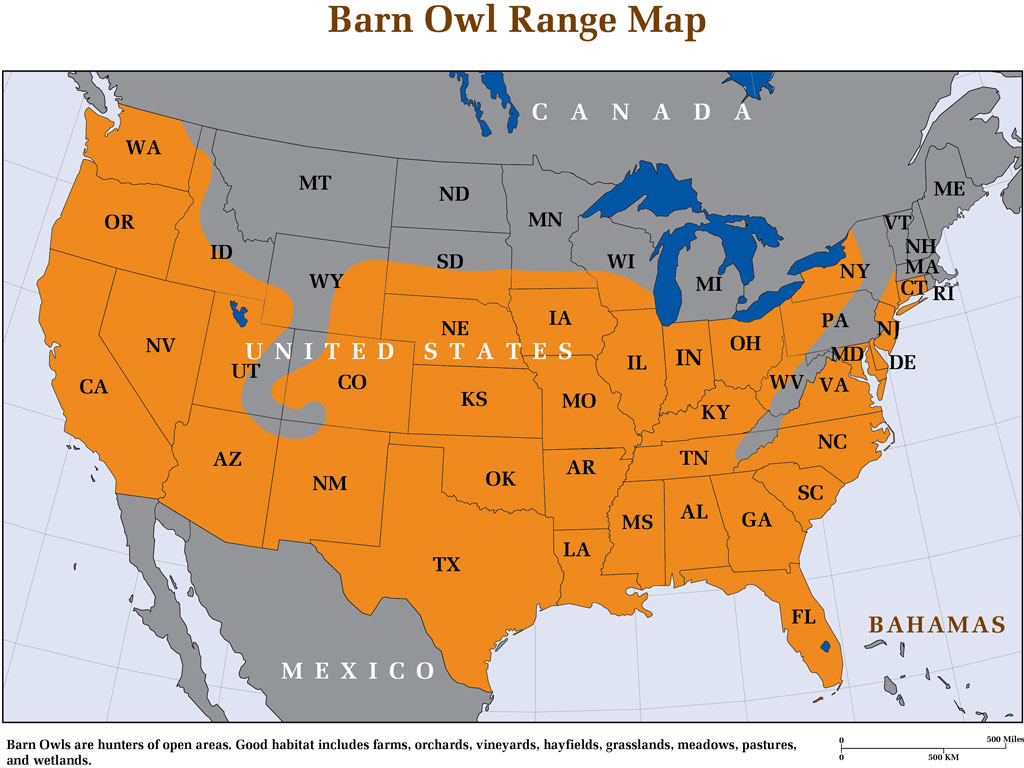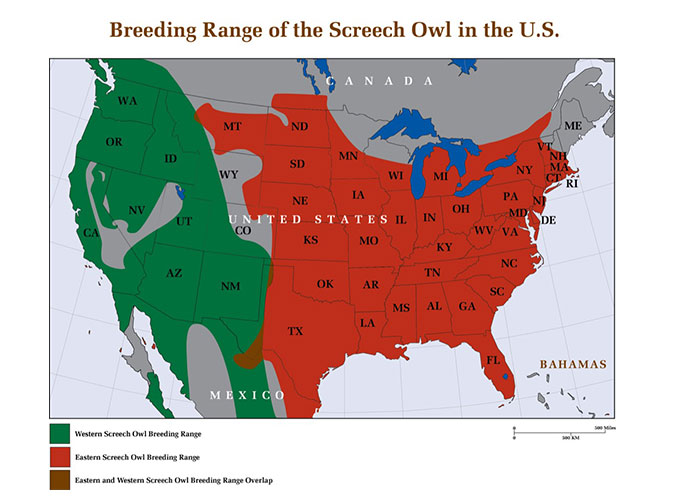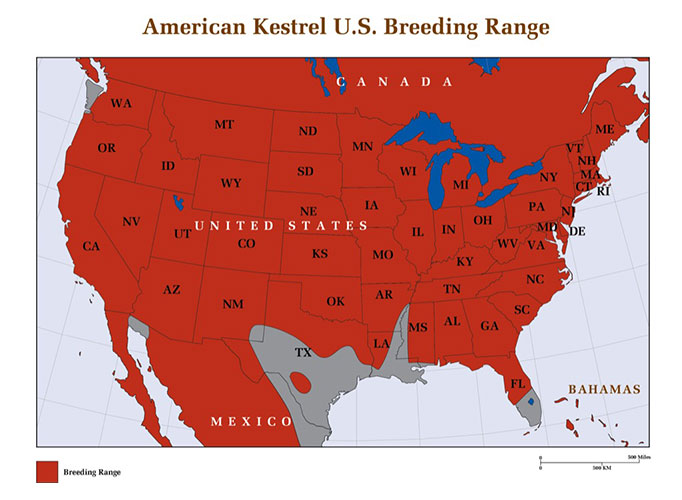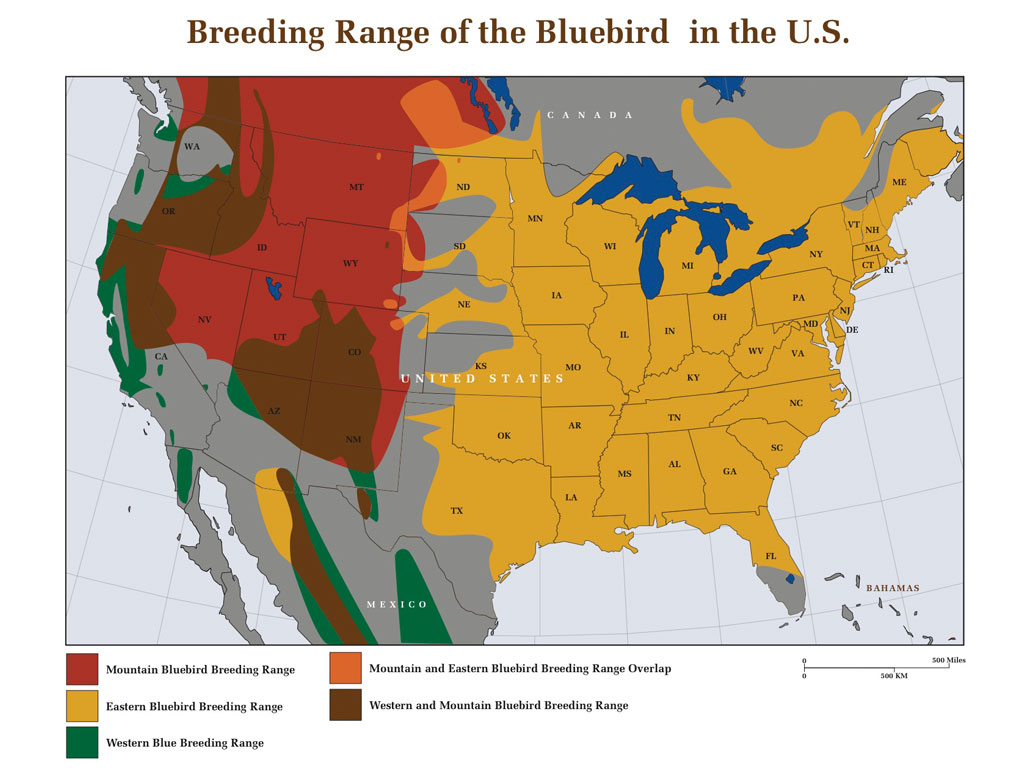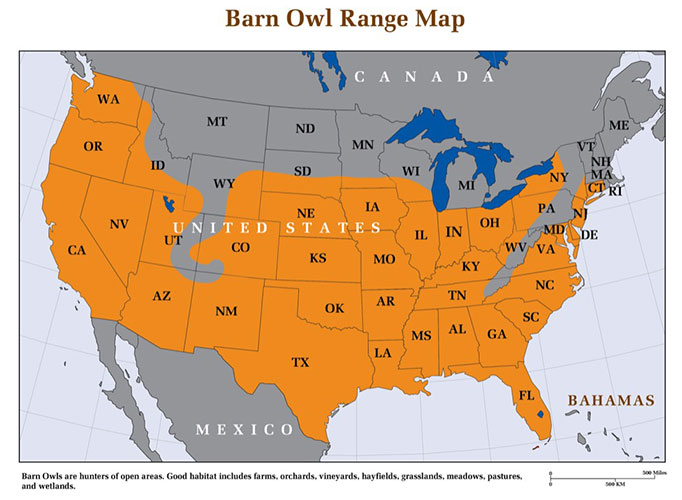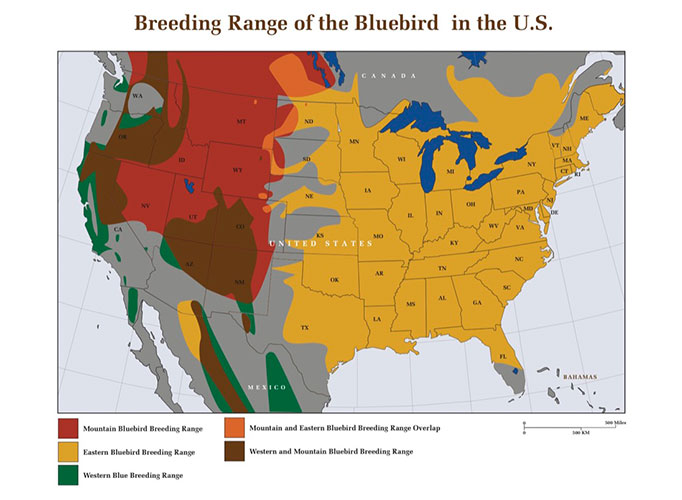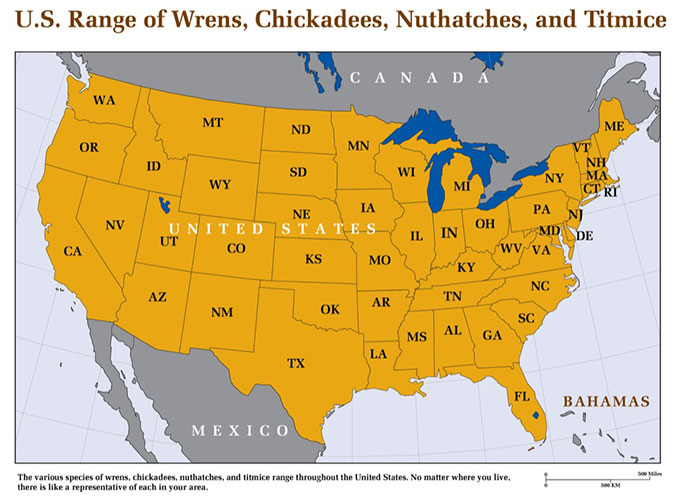Free Shipping to the Contiguous United States
Minnesota Barn Owls
Barn Owls in Minnesota Rare in the cold and snowy climes of Minnesota, the barn owl is occasionally seen in farmland, mainly in the southern part of the state. However, they have also been seen near Duluth and other northern…

